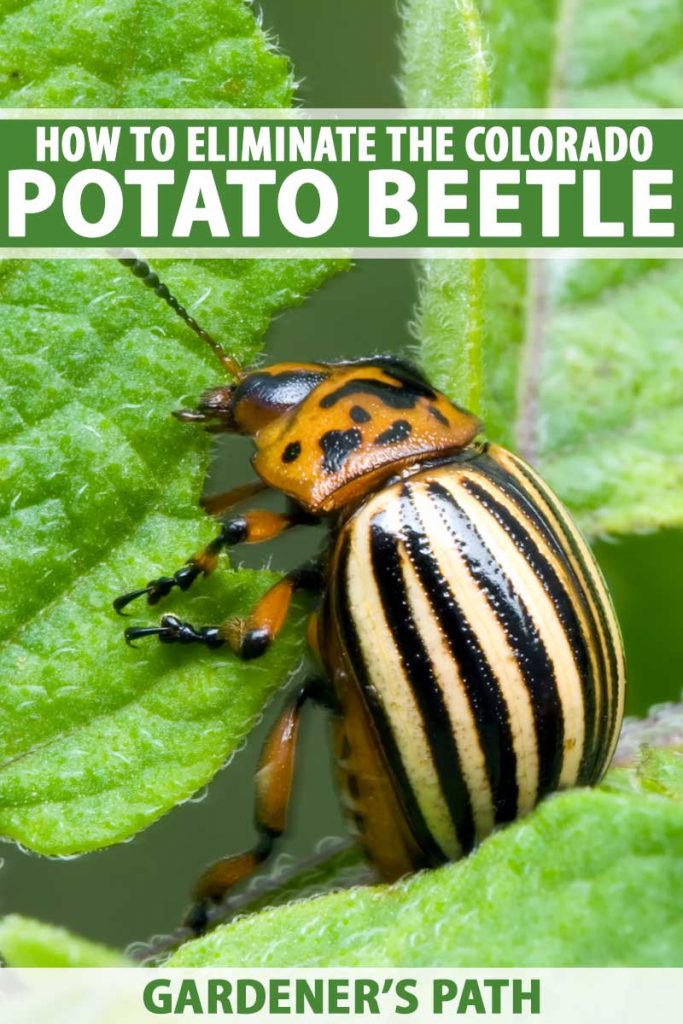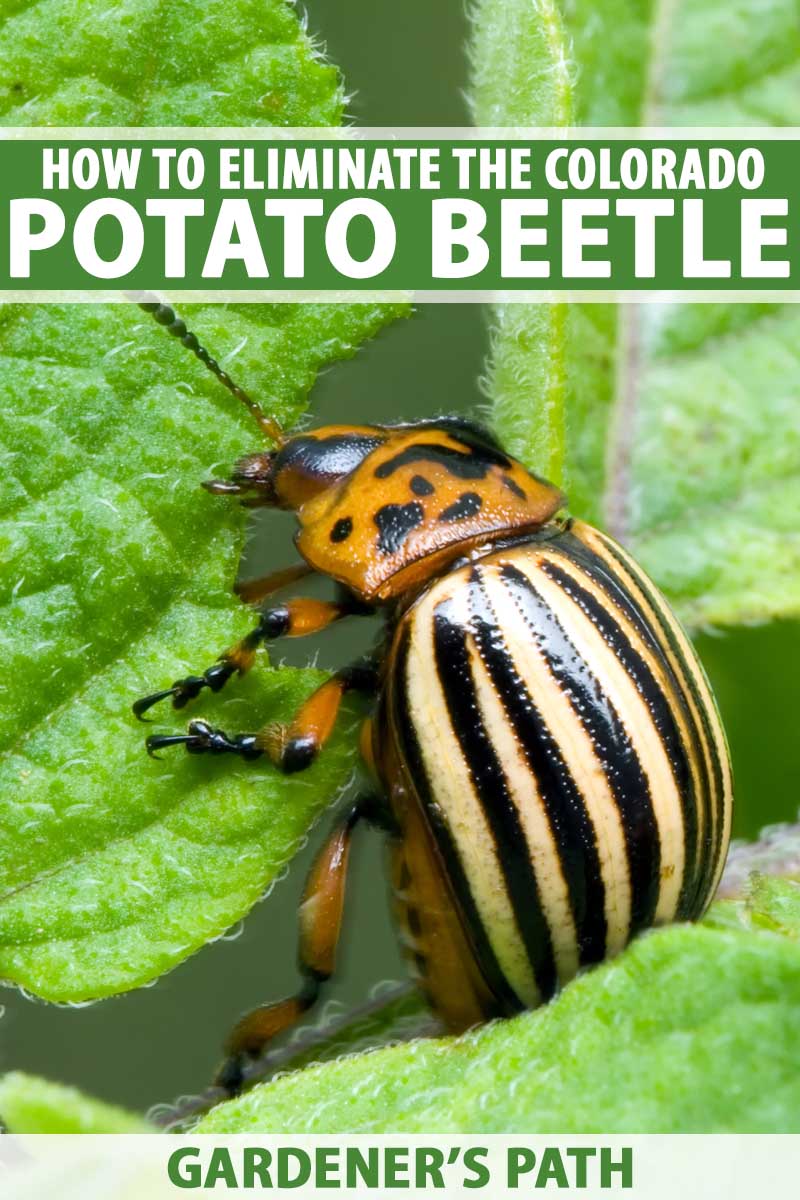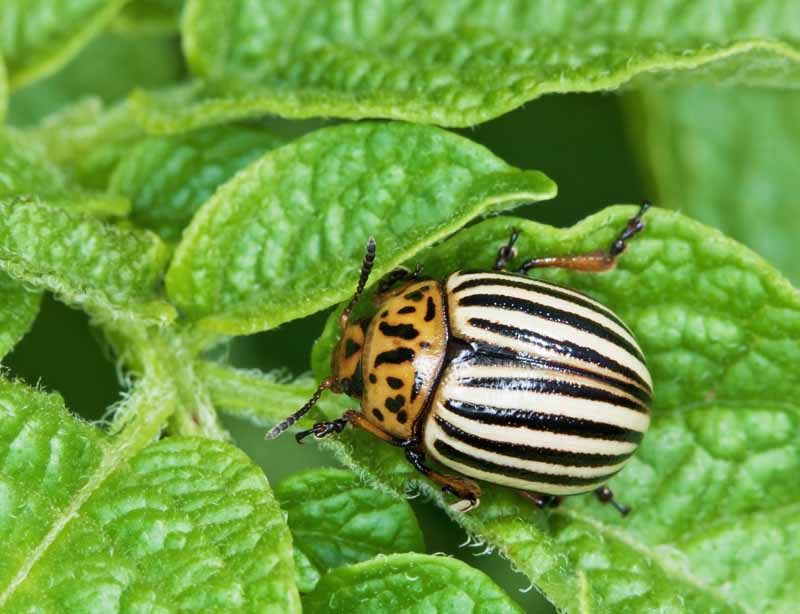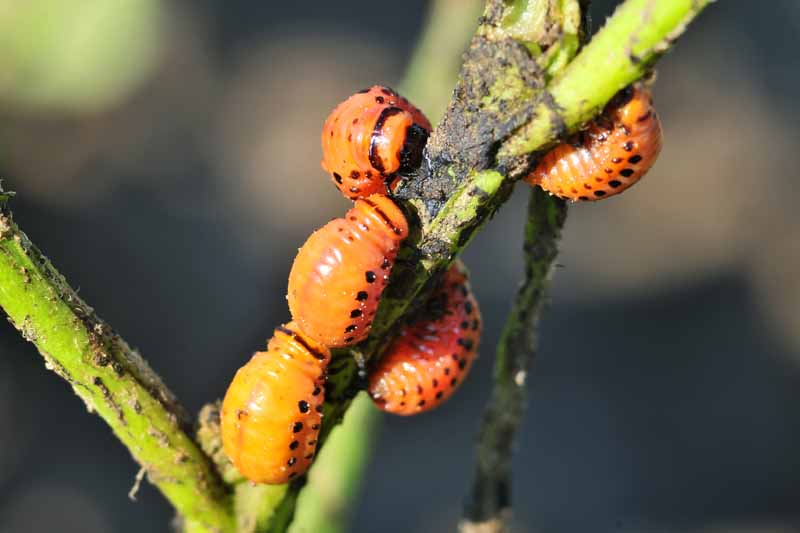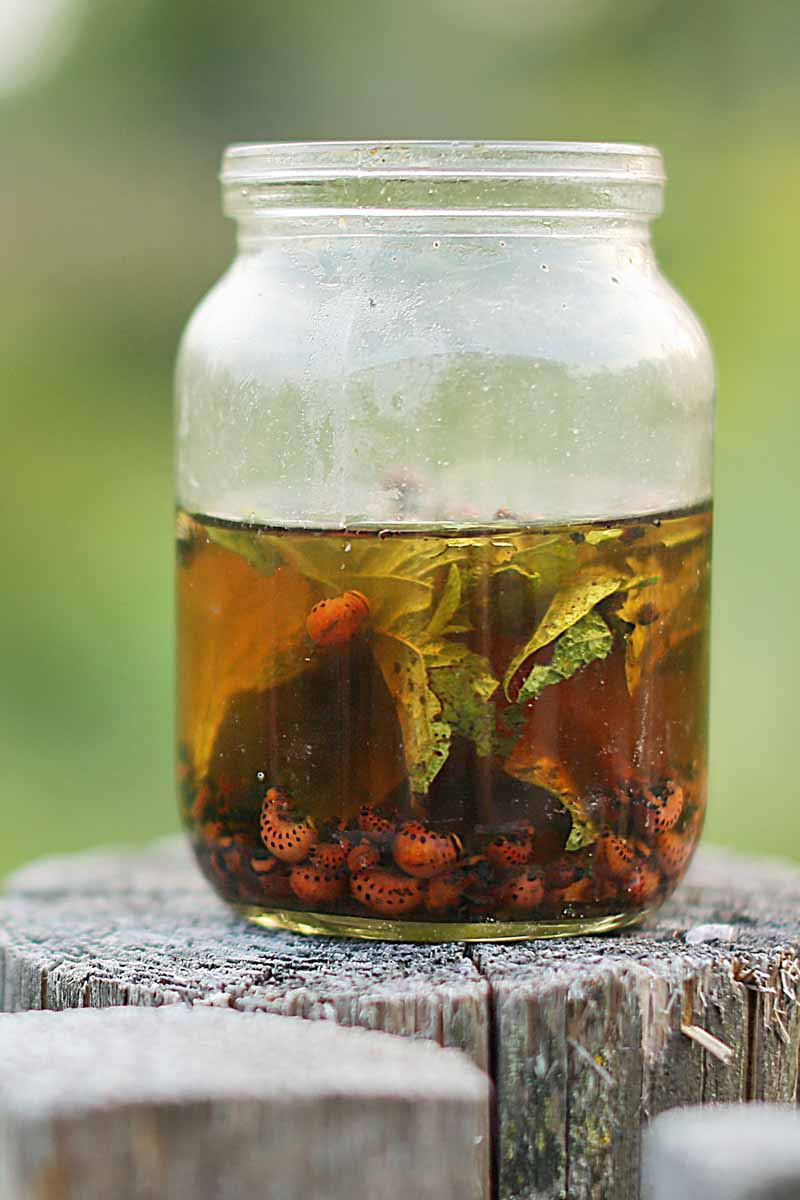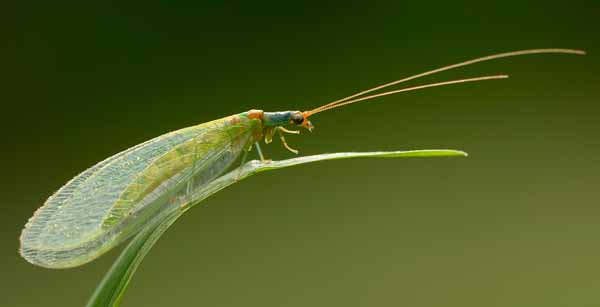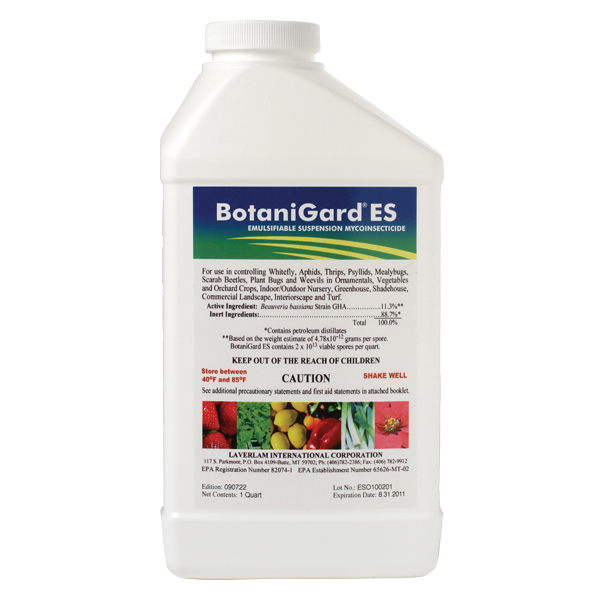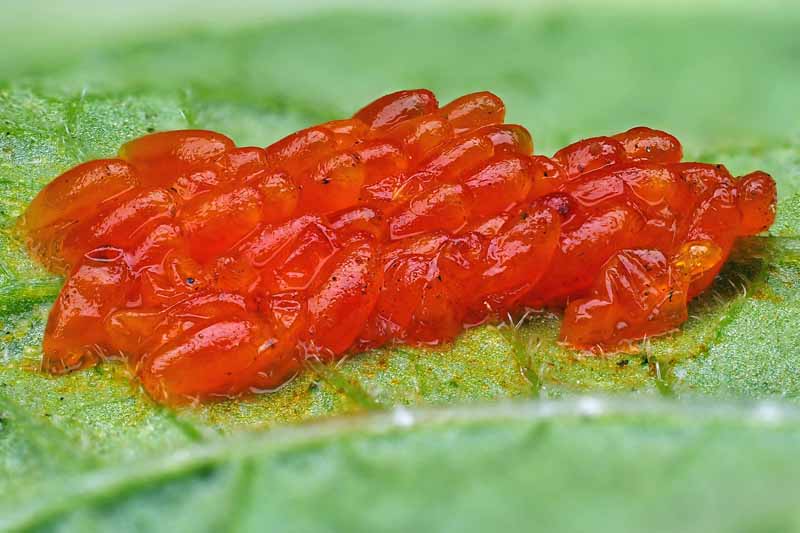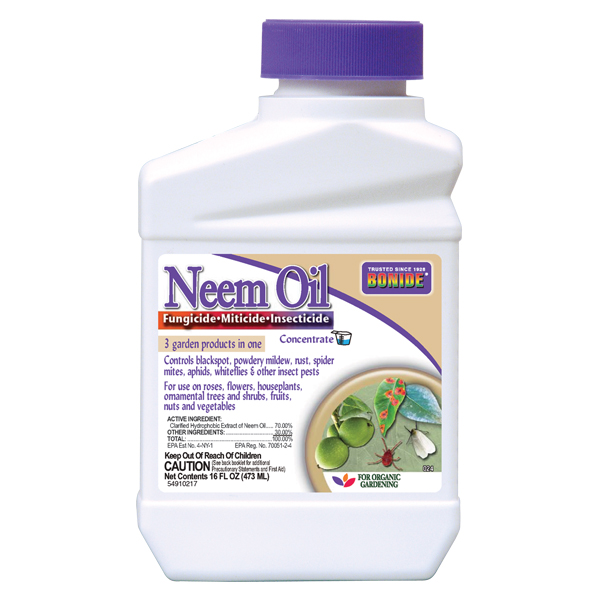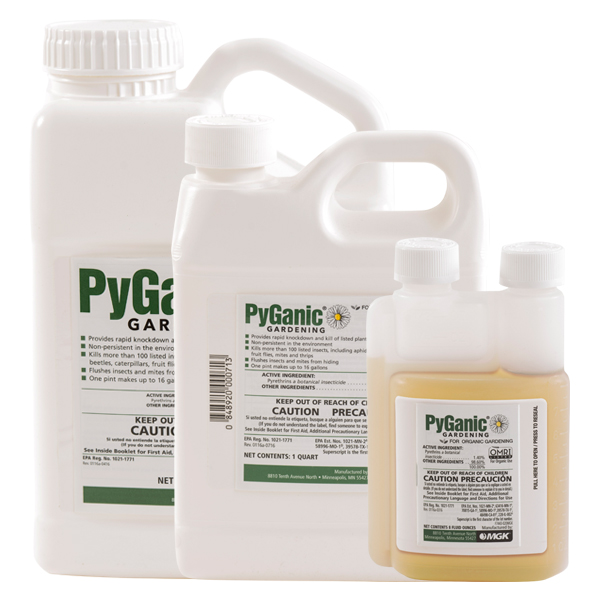We at Gardener’s Path provide a number of natural control methods to use against this voracious pest – and if necessary, tips on how to use insecticides as well. Although not discovered until 1811, Colorado potato beetles quickly spread from the Rocky Mountains to the East Coast by 1874, and reached Europe a few years later. We link to vendors to help you find relevant products. If you buy from one of our links, we may earn a commission.
Tomatoes Eggplants Peppers Ground Cherry
Infestations are so serious that they have even been considered part of international warfare! In the 1950s, East Germans called these pests “Yankee beetles” and accused the United States government of dropping them from planes during the Cold War. (There was no evidence to support this claim.)
Identification, Biology, and Distribution
Colorado potato beetles, aka potato bugs, are about 1/4 to 1/2 inch long. The area behind their heads is orange-yellow. You can easily identify them by the 10 alternating yellow and black stripes on their shells.
These voracious insects can be confused with false potato beetles (Leptinotarsa juncta), which are not pests. You can tell the difference because the false potato beetles have alternating white and black stripes on their shells. Potato beetle larvae hatch from yellow-orange eggshell clusters on the bottom of leaves. Newly hatched larvae are bright red. The older orange-pink larvae are about 1/2 inch long. Larvae of all stages have black heads, and can be identified by the two rows of dark spots on each side of their humps. These insects can be found in every state except California, Nevada, Hawaii, and Alaska. They are also pests in every Canadian province, and in Central America. The beetles have spread to more than 6 million square miles across Europe and Asia.
Life Cycle
Depending on the climate, these pests can live through the winter as adults in gardens, field margins, and windbreaks. In less favorable climates, the adults may overwinter in your soil. The adults lay yellow to orange eggs about 1 millimeter long on the bottom of leaves, where they hatch into larvae.
The larvae go through four growth stages (instars), and the fourth instar larvae cause the most damage to food crops. These hungry larvae are responsible for up to 75% of the damage to a crop. When the larvae complete this phase of their life cycle, they drop to the ground and burrow several inches down before pupating. Adult beetles emerge 5-10 days later, and start feeding and mating on their host plants. If conditions are not favorable, the adults may not emerge until spring. A single female can lay over 500 eggs over a 4 to 5-week period, and they can mature from larvae to adult beetles in 1.5-3 weeks, depending on the climate.
Organic Control Methods
Once you have identified these insect pests in your garden, don’t panic! Potato plants can lose up to 30% of their leaves and stems without any loss of yield. Their most critical time is after flowering, when the tubers have begun to bulk up. However, you will want to take action before these fiendish pests take over. Your immediate reaction may be to reach for an insecticide. This may not be the best strategy, since Colorado potato beetles are frequently resistant to pesticides. Instead, your best bet is to consider a combination of different types of organic control methods.
Physical Controls
Handpicking
If you are a home gardener, one of the first and most effective things you can do is to go on the offensive and pluck the slow-moving beetles off your plants. This is easiest to accomplish on a sunny, warm day when the pests are out and about.
Just drop them into a container of soapy water! That will dispense of these nasty pests quickly and easily. While it may be the most satisfying to kill the adults, make a point to get as many of the larvae as you can, as they cause the most damage. And don’t forget to crush any egg masses that you find on the bottom of the leaves, which often appear around the same time that shoots are first emerging from the soil. Be sure to wear gloves, and wash your hands afterwards. The bugs contain a chemical that may irritate your skin.
Floating Row Covers
Floating row covers can help protect your plants from insect infestations. Use a specially designed lightweight floating row cover and thoroughly secure the material to the ground with soil or staples. Ensure that you are not covering plants in an area where you grew them before. Since these pests can overwinter in the soil, you could get an accidental infestation under the floating row cover if you are not careful.
Trap Crops
Another way to protect your plants from L. decemlineata is to grow plants that attract these insects. If you grow trap crops around the perimeter of your garden, the beetles will colonize the first host they see. This can delay their spread into your garden and give you a chance to go on the offensive. Potatoes are the most common trap crops used for L. decemlineata. However, any host plant that they enjoy munching on will work as a trap crop, including other members of the Solanaceae family such as ground cherry, horse nettle, tomato, and buffalo-bur. Commercial tomato growers have had great success using potato plants as trap crops. A Canadian test found that tomato yields increased by 61-87% using this approach. You can also grow non-host crops like corn in the area. This can confuse the beetles and delay infestation. Find more information on using trap crops here.
Predators and Disease
Cultural Controls
Crop Rotation
If you have had problems with L. decemlineata in the past, crop rotation can be the most important cultural control for this pest. This method delays infestation and reduces the early season populations of beetles.
Normally thought of as a menace in their own right, several types of stinkbugs prey on L. decemlineata. These include spined soldier and two-spotted stink bugs.
Green Lacewing eggs, larvae, and adults are available from ARBICO Organics Parasitic wasps are highly specialized for their hosts, and Edovum puttleri can help control your infestation. This wasp will lay its eggs in those of the beetles. Myiopharus doryphorae, a type of tachinid fly, parisitizes these pests as well. You even have the option to use microbial insecticides against L. decemlineata. One type of bioinsecticide contains Bacillus thuringiensis var. tenebrionis (Bt-t) bacteria. This strain produces a toxin that targets the young larvae, so it should be applied every few days as soon as the eggs start to hatch. If you apply it too early, the bacteria won’t survive until the larvae emerge, so the treatment won’t work. Bt-t is sensitive to UV rays, so you should spray late in the evening or on cloudy days. Also make sure that it won’t rain within 8 hours after you have sprayed. You can tell if the treatment is working because the larvae will turn black. However, like other organisms, insects can evolve resistance to their attackers, and some Colorado potato beetles display resistance to Bt-t. Another microbe that can be used to attack these garden pests is the fungus Beauveria bassiana, which can be used against both adults and larvae.
BotaniGard® ES Beauveria bassiana spores via ARBICO Organics Combining this fungus with Bt-t can enhance the effectiveness of this type of control.
Organic Insecticides
Several organic insecticides can help to control L. decemlineata. However, often when you spray an insecticide, you also kill the natural enemies of the pest you are trying to control.
One organic insecticide that is particularly effective at killing these pests without slaughtering their natural enemies is spinosad. This compound acts best against young larval beetles, so you should apply it when you see the eggs hatching.
Monterey Garden Insect Spray Concentrate (spinosad) via ARBICO Organics You should spray neem oil in the evening, so it won’t affect beneficial insects. You will need to reapply the neem oil frequently. It also acts most effectively against the young larvae.
BONIDE® Neem Oil Concentrate via ARBICO Organics Pyrethrins are another option to target the young larvae. But keep in mind that these compounds have a short half-life – only 12-13 hours.
PyGanic Gardening Pyrethrin in various sizes via ARBICO Organics One of the primary pyrethrin components almost completely degrades after 5 days on tomato or potato leaves, and some L. decemlineata populations have developed resistance against this class of insecticides. A Journal of Economic Entomology study of commercial potato fields on Long Island, New York, found that rotation with non-host plants like rye or wheat decreased the density of early season adult beetles by nearly 96%. This effect wore off later in the season. One thing you can do to enhance the success of crop rotation is to mulch with straw early in the season. This will make it even more difficult for the beetles to find your crop. Plus, it has an added bonus: this environment favors predators of the beetles! Rotating your potato or tomato crops every few years is a good strategy to reduce disease and beetle outbreaks. Many diseases are soilborne, and the beetles frequently overwinter in the soil.
No-Till
Implementing a no-till system of cover crops has been reported to help farmers greatly reduce their pesticide use against L. decemlineata. There are several reasons why no-till works so well. One is that they can harbor the beneficial insects that serve as predators to the beetles. Another is that they discourage the pests from colonizing your plants. You should consider planting multiple types of cover crops like buckwheat and Sudan grass to attract different types of beneficial insects. Another strategy is to plant your cover crops sequentially, so they will flower at different times. This will help to increase the diversity of beneficial insects available to attack the potato beetles. While you do want to attract the beetles if you are planting trap crops, this is not the case when you are growing cover crops close to your potatoes or tomatoes. With no-till practices, you should purge any alternate hosts like nightshades, ground cherry, jimsonweed, horse nettle, or henbane that are growing in the area. This will prevent the beetles from feeding on these host plants and infecting your crop after they come out of the ground in the spring.
Chemical Pesticide Control
Modern potato growers frequently use chemical pesticides to control this pernicious pest. If the infestation in your home garden is severe, you may want to consider this option.
A. Alyohkin and co-authors claimed “the Colorado potato beetle played a large role in creating the modern pesticide industry” in a 2008 issue of the American Journal of Potato Research. Your first thought might be to reach for a classic insecticide like Sevin (carbaryl). However, you should hold off until you have consulted with your local county extension agent. Colorado potato beetles typically exhibit strong resistance to such a pesticide due to its wide usage in the past. The population as a whole is resistant to at least 56 different insecticides. However, no one beetle is resistant to all insecticides. Agricultural experts can tell you which ones are likely to work in your area. Esfenvalerate may be one to try. Your best bet for chemical control is to spray after most of the eggs have hatched but before your plants are seriously damaged. Take care that you apply these pesticides in a safe manner and follow all the instructions on the label. You should rotate your insecticide use among different classes, so the pests will not develop resistance. Keep in mind: it is likely that the natural methods described to control these pests in your garden will be effective, without the need for pesticides.
Go Forth and Garden
If you are faced with an onslaught of these unwanted visitors to the garden, you can start by handpicking the mature pests and their larvae, and crushing their egg masses.
Natural control methods range from waging war with predatory insects and microbial insecticides to cultural methods like using trap crops and implementing a no-till strategy. If necessary, you can rely on the judicious use of insecticides. Gardener’s Path provides a range of options for you to save your crop! Have you waged war against Colorado potato beetles? If so, let us know how it went in the comments. We would leave to hear what worked or didn’t work for you. And read on for more articles about insect pests here:
Managing the Aphid Doing Battle with Japanese Beetles How to Rid Your Garden of Cockroaches
© Ask the Experts, LLC. ALL RIGHTS RESERVED. See our TOS for more details. Uncredited photos: Shutterstock.
